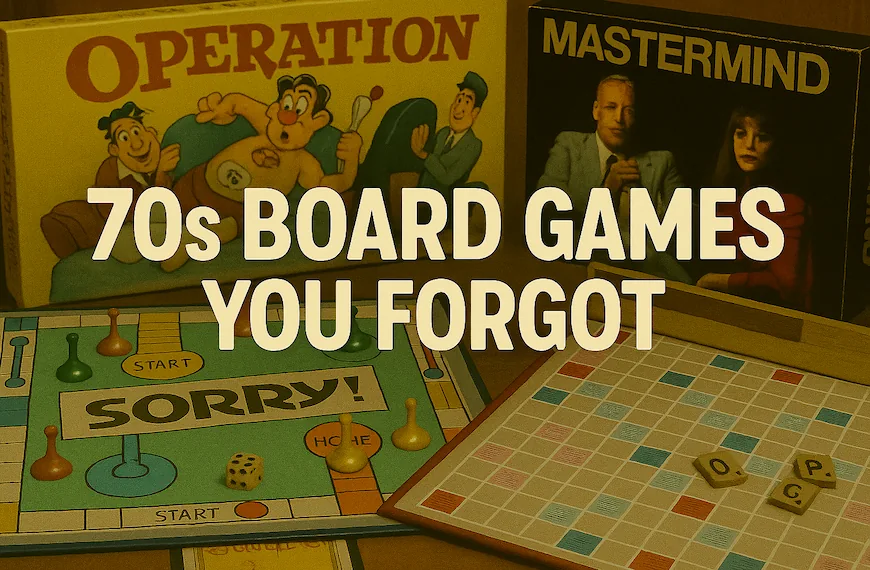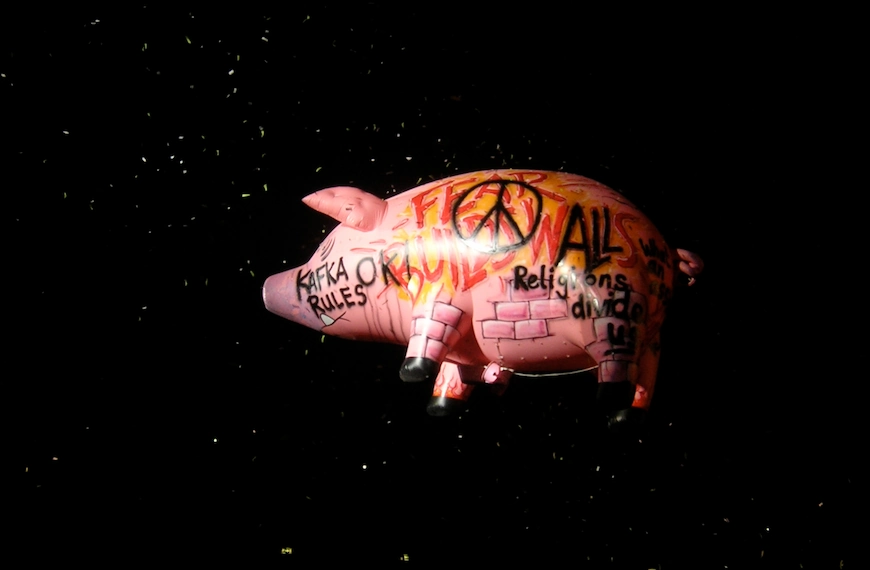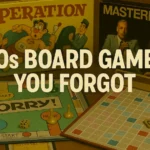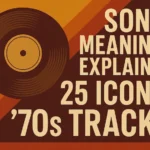The 1970s asked drivers to adapt. Gas prices spiked, new safety rules arrived, and pop culture demanded fresh styling cues. Yet certain vehicles rose above the rest, turning parking lots into fashion shows and highways into rolling advertisements. Below are the five 70s cars whose production numbers prove they ruled the decade. Each one earned its place through affordability, flair, or pure muscle.
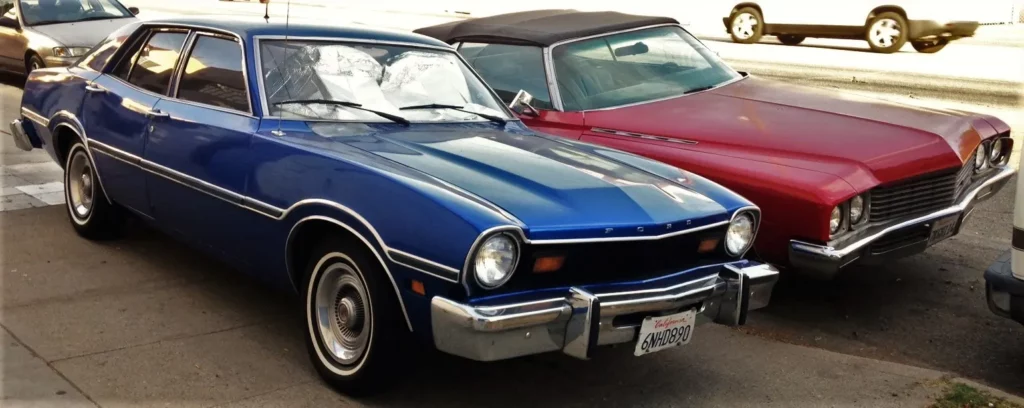
The Auto Industry in the Seventies
The seventies opened with optimism but soon faced turbulence. Fuel prices shot up, emissions rules grew tougher, and safety laws tightened, forcing automakers to rethink everything from engine size to bumper design. Muscle cars slimmed down, compact models multiplied, and interior comfort took center stage as families logged more highway miles than ever before. Japanese brands gained traction with fuel-efficient offerings, pushing Detroit to compete on economy as well as power. Styling evolved too: sharp creases, vinyl roofs, and bold stripes promised flair without draining wallets. In short, the decade reshaped what drivers expected from a car, setting the stage for the five models that follow each one a direct response to the changing road ahead.
1. Ford Pinto
America’s love affair with small cars hit full speed when the Ford Pinto debuted in 1971. Ford promised that each unit would weigh under 2,000 pounds and cost less than two grand. Buyers lined up.
- Total production (1971-1980): ≈ 3,173,000 units
- Key appeal: Cheap to buy, cheap to run, and easy to fit in tight city parking spots.
- Cultural footprint: The Pinto’s fuel-tank controversy made it the decade’s cautionary tale, yet its sale numbers show just how deeply drivers wanted pint-size freedom.
Though bare-bones, the Pinto offered options such as a Cruise-O-Matic automatic, simulated wood grain for wagons, and sporty Rallye packages, letting thrifty buyers sprinkle a little flair onto a budget canvas.
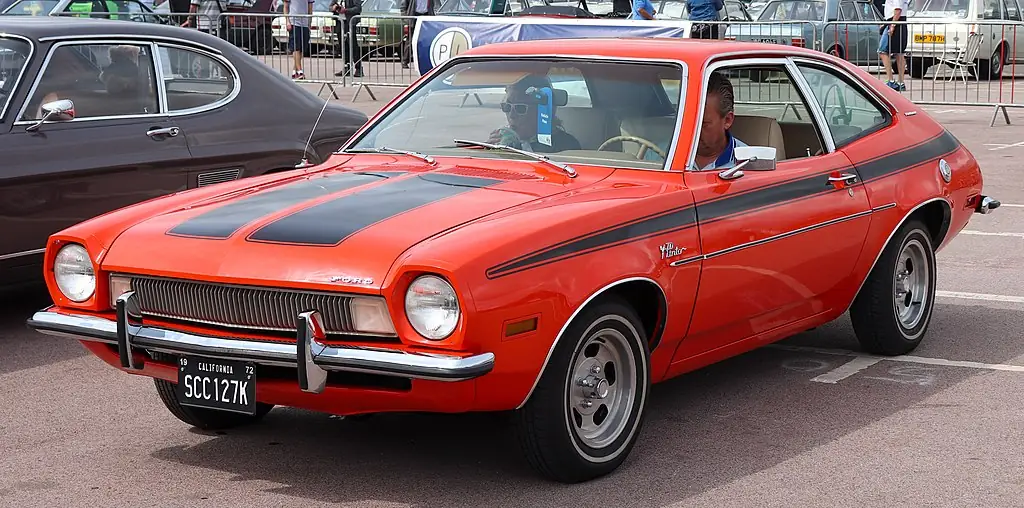
2. Volkswagen Beetle
Although the Beetle first buzzed onto roads in the 1940s, its true sales peak hit during the 70s. Simplicity and reliability kept this bug in the black.
- Global production, 1970-1979: ≈ 5,200,000 units (part of the Beetle’s 21-million lifetime total)
- Key appeal: Air-cooled engine, minimal maintenance, and a silhouette you could spot a mile away.
- Pop-culture glow: From Herbie Rides Again to campus parking rows, the Beetle symbolized free-spirited individuality.
In colder climates, owners praised the Beetle’s rear-engine traction, which helped it plow through snow while front-engine rivals slithered. A simple tool kit and an easy-remove engine made driveway repairs part of its charm.
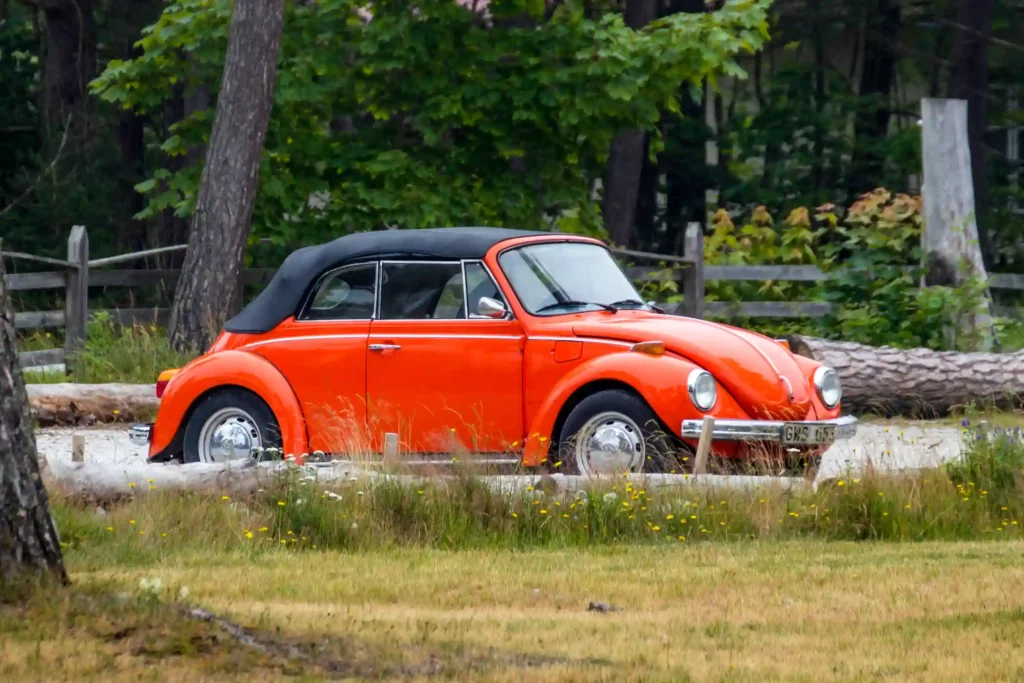
3. Pontiac Trans Am
Muscle cars struggled in an era of emission standards and insurance hikes, yet the Pontiac Trans Am powered through. Smokey and the Bandit only added rocket fuel.
- Trans Am production, 1970-1979:≈ 400,000 units
- Peak year: 1979, with more than 117,000 sold.
- Key appeal: Screaming-chicken hood decal, shaker scoop, and T-tops that let drivers feel the wind.
- Cultural moment: Burt Reynolds sliding behind the wheel turned it into a poster car for rebellion.
Pontiac even released a limited “10th Anniversary” edition in 1979 with silver paint, mirrored T-tops, and a full leather interior, proving that luxury and muscle could share the same badge when buyers craved both.
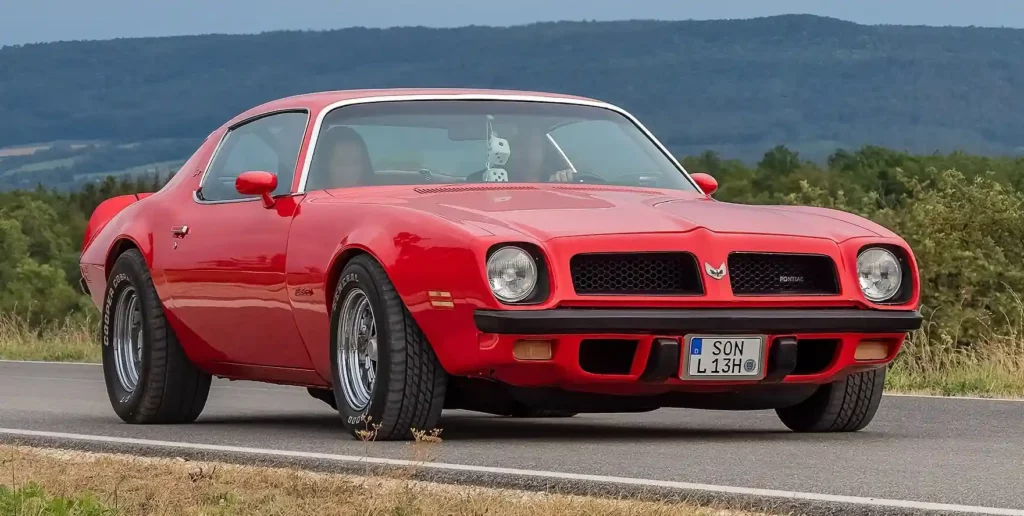
4. Chevrolet Camaro
When Ford shrank the Mustang, the Chevrolet Camaro filled the pony-car gap for drivers hungry for V-8 thunder.
- Second-generation Camaro production (1970-1981):≈ 2,600,000 units
- Estimated 70s share: ≈ 2,000,000 units
- Key appeal: Long hood, short deck, and an options list that ranged from thrifty six-cylinders to the revived Z28 performance package.
- Sales crown: In 1979 the Camaro outsold the Mustang by nearly 70,000 units.
Special appearance packages like the Berlinetta catered to style-first drivers with extra brightwork and plush velour seats, while autocross fans loved the Rally Sport’s tight steering ratio and front-spoiler handling gains.
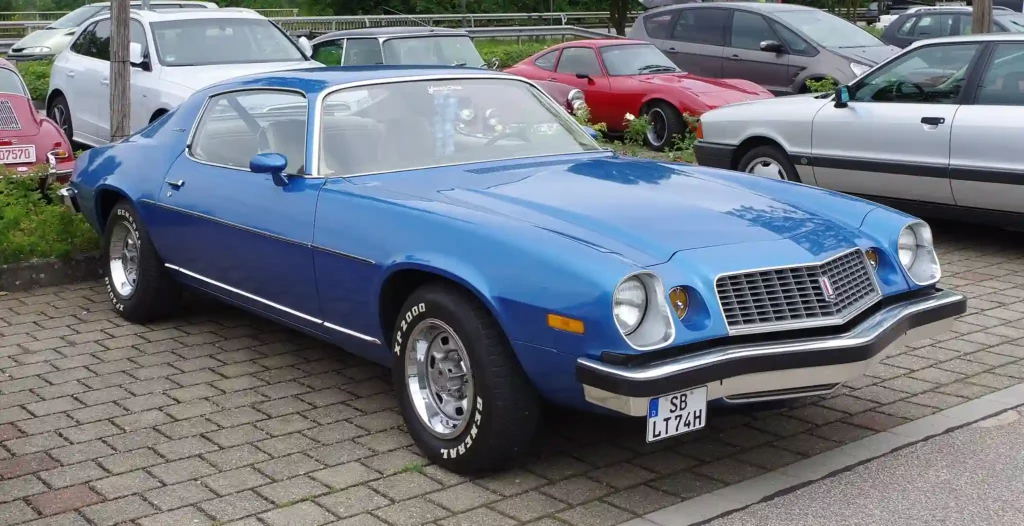
5. Oldsmobile Cutlass Supreme
Not every best-seller screamed from a loud exhaust. The Oldsmobile Cutlass Supreme won hearts by blending comfort, chrome, and understated swagger.
- Cutlass family sales, 1970-1979:≈ 4,200,000 units
- Cutlass Supreme share: ≈ 3,000,000 units
- Key appeal: Bench-seat comfort, V-8 power when you wanted it, and a badge that signaled success without gaudy flash.
- Sales milestone: The Cutlass line topped U.S. charts in 1976 and 1977, moving over one million units in 1977 alone.
A thriving aftermarket of padded landau roofs, opera windows, and wire-wheel hubcaps turned many Cutlass Supremes into rolling statements of personal taste, proving mass-market cars could still feel custom.
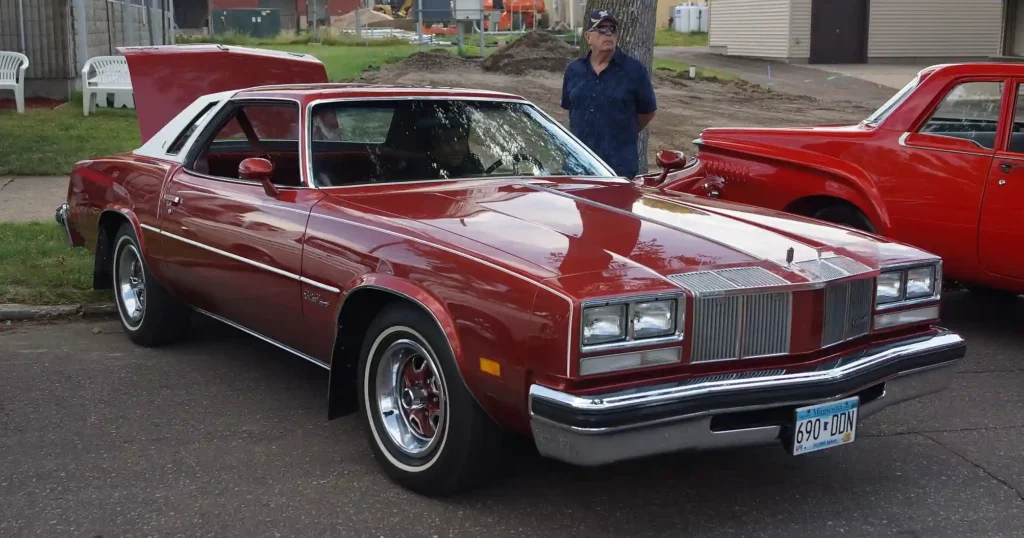
70s Cars Collector Snapshot
| Model | Average Auction Price (Good Condition) | Trend |
|---|---|---|
| Pinto Runabout | $9,000 | Steady climb as nostalgia grows |
| Beetle Cabriolet | $22,000 | High demand among younger collectors |
| Trans Am SE | $55,000 | Strong gains since 2015 |
| Camaro Z28 | $38,000 | Rising with muscle-car revival |
| Cutlass Supreme Coupe | $14,000 | Gradual uptick, sleeper investment |
Prices reflect 2024 auction data.
Gas Crisis and Engine Downsizing
The early seventies had drivers cruising comfortably until the 1973 oil embargo sent shock waves through every gas pump in America. Overnight, fuel prices soared and station lines stretched for blocks. Automakers that once bragged about cubic inches suddenly pivoted to miles per gallon. Detroit trimmed weight, swapped big-block V-8s for economy-minded fours and sixes, and experimented with sleeker aerodynamics to cheat the wind. The Pinto’s tiny inline-four felt sensible, while the Beetle’s air-cooled engine seemed practically prophetic. Even muscle icons like the Camaro and Trans Am saw compression ratios lowered and horsepower ratings fall as engineers sought better efficiency. This industry-wide downsizing reshaped what buyers expected: thrift at the pump without surrendering style. The gas crisis did not just change driving habits; it rewrote the design brief for every car that followed in the decade.
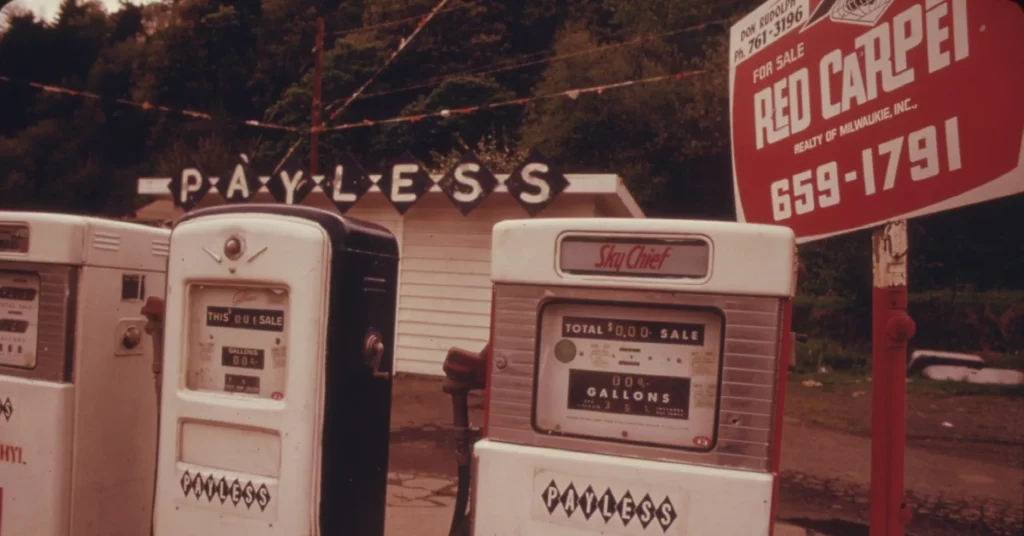
Five Rolling Time Capsules
These 70s cars were more than transportation. They served as first jobs, weekend escapes, and status symbols in a decade that asked drivers to rethink speed, safety, and style. Their production counts prove they resonated across suburban cul-de-sacs, city boulevards, and Hollywood back lots. Listen closely at a summer car show, and you will still hear that distinctive Beetle putter or the throaty bark of a Trans Am starting up.
Numbers fade into archives, but memories stitched to steel and chrome keep these icons alive. Whether you admire them at a classic-car meetup or dream of owning one, the road they paved in the 70s still stretches ahead, calling all lovers of vintage horsepower and honest mechanical charm.


